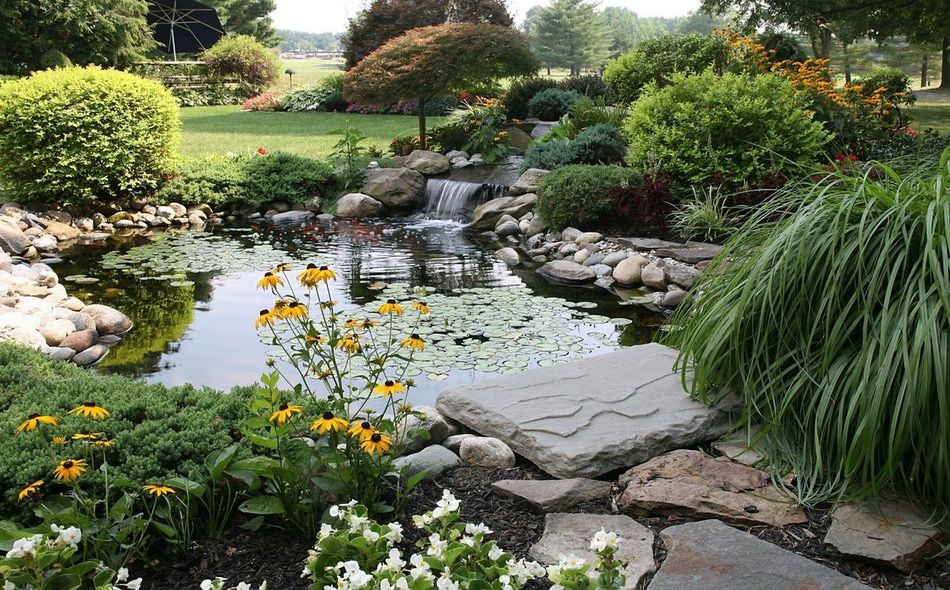Permaculture water features can both serve important functions and enhance the visual appeal and amenity of a space.
In a permaculture garden, water is always an important element to consider: You need to think carefully about water in all permaculture designs.
As a permaculture designer, I know managing water effectively in a garden can be about more than just best ecological practices. Permaculture water features can both serve important functions and enhance the visual appeal and amenity of a space.
Below are a few examples of permaculture water features from three of my recent projects. These ideas spotlight how permaculture designs can be beautiful as well as useful and can help you think about how you can include water in your garden designs.
Permaculture Ponds and Wetland Chain
This larger water feature was a key component of the design, and will greatly enrich both the visual appeal and biodiversity of the farm site.
A Gravity-Fed Waterfall and Canal Irrigation Feature
I also recently worked on an artist’s garden in Scotland. The artist in question wished to create a dramatic water feature of some kind, to create an attractive vista. She also wanted to make her garden not only a beautiful space but also one which was as productive as possible. The garden was largely level but had a steep slope at the northern end of the space. We decided to create a pond near the highest point in the garden, collecting water from the slopes above, and feed water naturally down from here via a rocky waterfall feature to a canal, feeding a second pond, and irrigation for a polyculture flower and vegetable garden. The whole permaculture water feature was designed to be visually appealing, while also managing water flow effectively to make the most of the natural rainfall and retain as much water on the site as possible.
Ponds With Chinampas and Aquaponics Integration
Ponds cannot just be visually appealing and biodiverse features to add to a garden. The ponds themselves can also be food-producing features. I have designed ponds that have chinampas (rafts of vegetative matter) build in/ on them in which produce can be grown. Of course, many other edible pond plants can be integrated into and around the edges of the pond, including a number of aquatic plants and marginals.
Another excellent idea and common permaculture element involve integrating a pond into an aquaponics system. The pond contains fish, which fertilize the water. And this water can then be pumped around a hydroponic growing system in a range of different ways.
One interesting idea is to place a pond partially inside and partially outside a polytunnel or other undercover growing area. The diverse habitats which can be created can increase diversity and open up a range of other interesting options for integration.
Adding a body of water inside a polytunnel or greenhouse structure can aid in temperature regulation through adding thermal mass, which can bring an increased range of possibilities when it comes to what you can successfully grow inside. The higher temperatures in an undercover growing area can also potentially allow you to rear different fish in cooler temperate climate zones, so this is something else to consider.
These are just a few ideas from my own design work, and there are plenty of other interesting and intriguing options to consider when it comes to managing and using water in your garden. The key thing is to think about the best options for your particular site. Each site is different and comes with its own unique range of challenges and opportunities. Always design for the terrain and the climate and the characteristics of your area.
I hope that these ideas will serve as an inspiration and help you think big and outside the box when it comes to adding water features in your own permaculture garden.

